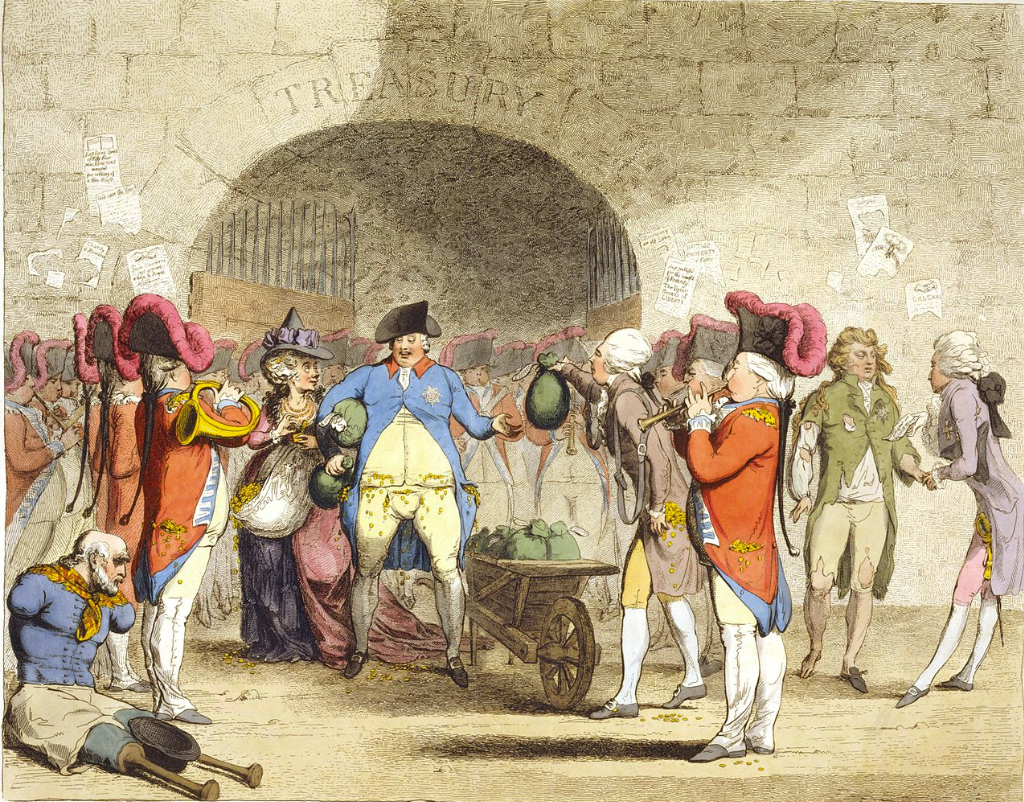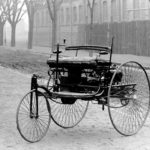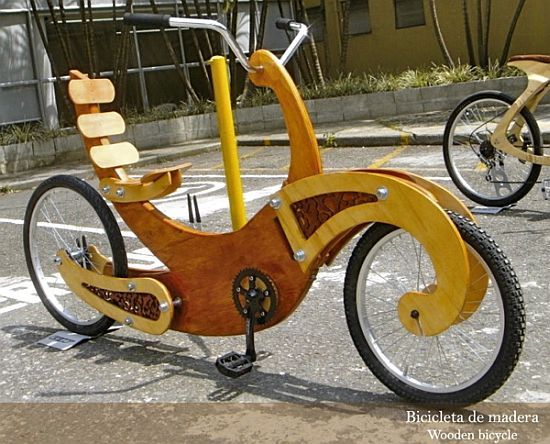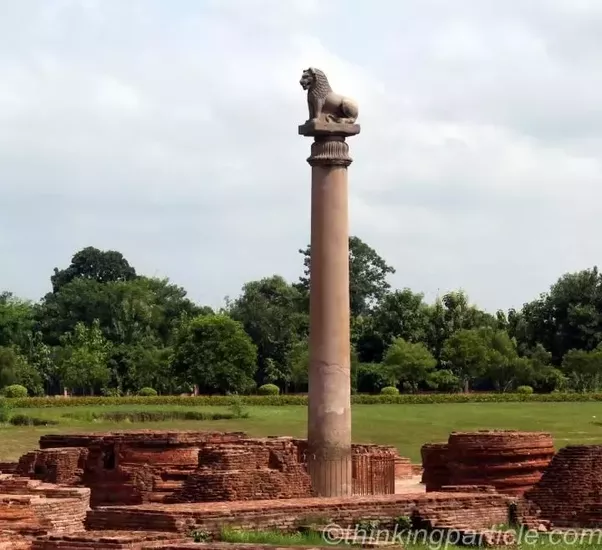Think of all the things you recently got that were free. It’s a bit challenging. That’s because the human economic system relies on the exchange of money for stuff. But did you know what the first currency ever was?
Before we take a closer look at the first-ever currency, let’s see how we came to the point in the evolution to trade pieces of paper for goods.
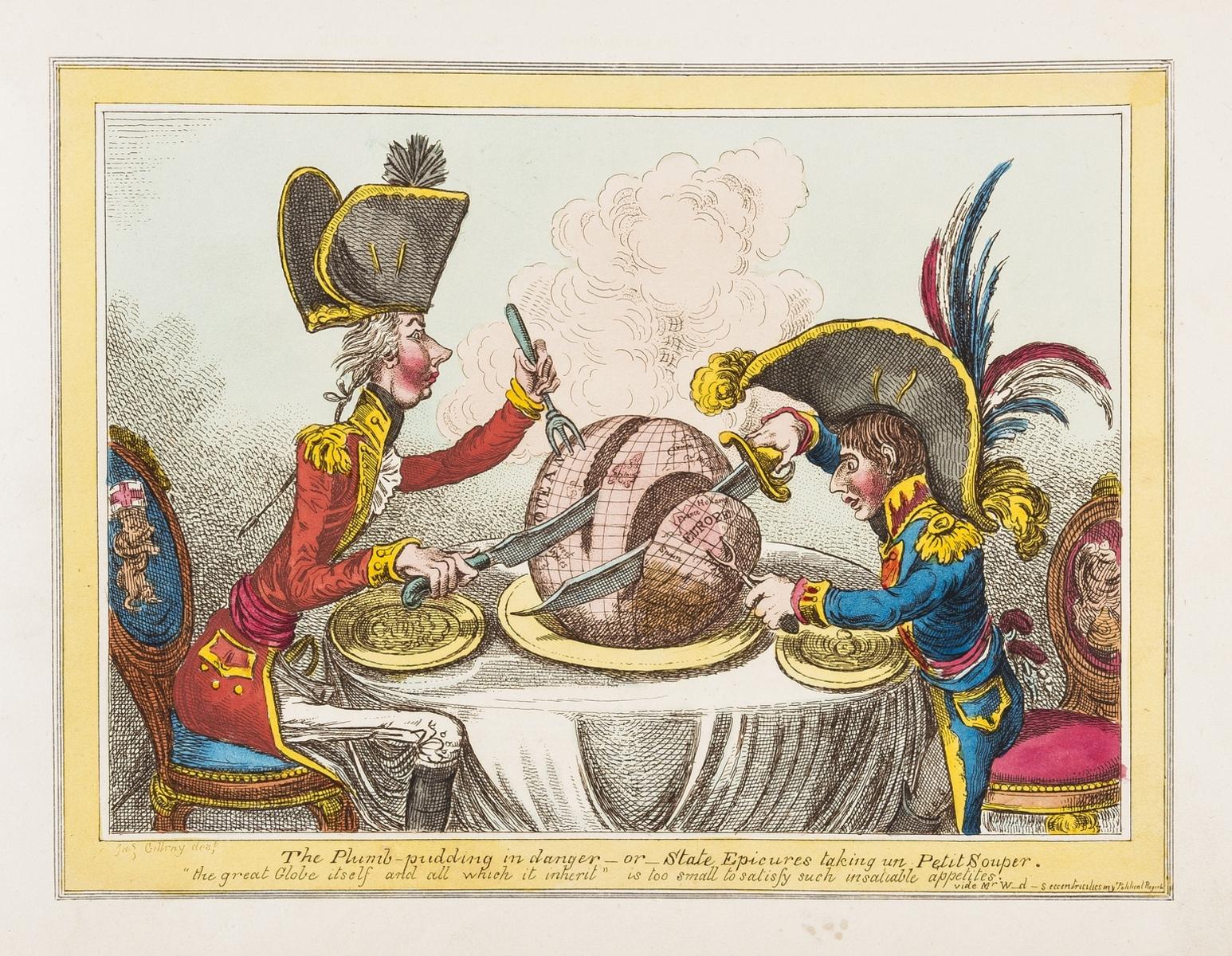
By James Gillray – Library of Congress, Prints & Photographs Division, LC-USZC4-10675 (colour film copy transparency), archival TIFF version (60 MB), cropped, and converted to JPEG with the GIMP 2.4.5, image quality 88., Public Domain.
Naturally, when you think what money is, there are probably coins and bills in your head. However, is there anything else there is to money?
Contents
What Is Money?
According to Investopedia, money is “an economic unit that functions as a generally recognized medium of exchange for transactional purposes in an economy.
Money provides the service of reducing transaction cost, namely the double coincidence of wants. Money originates in the form of a commodity, having a physical property to be adopted by market participants as a medium of exchange.”
What Was the First Currency Ever?
The first-ever currency wasn’t money. People bartered with different goods to obtain other goods. The first-ever trade used animals and animal products.

Spade money from the Zhou Dynasty, c. 650–400 BC
By Davidhartill – Scan of a coin in my collection, CC BY-SA 3.0.
Up until the 20th century, people used livestock and plants as money. For instance, one would trade a cow for a couple of hundred pounds of grains.
Who Invented Money – Historical Overview
Since commodity exchange wasn’t always practical, bartering became impossible for specific types of goods. Also, people couldn’t always agree on the price of items or didn’t want to trade at all.
It led to the creation of commodity money, items that have value in themselves, and you can exchange them for other items, such as cowry shells in Ancient Africa and China.
Is the First Currency Ever – Commodities?
Since commodities were impractical to carry and problematic to store. Moreover, people were not sure that they always received the right value for their goods.
So, they concluded that money could only become a commodity that would permanently represent the universal equivalent of any other product.
That’s how the precious metals currency was invented. People used all sorts of precious metals for this purpose.
They have many advantages: you can cut it into pieces of the same size, you can melt it into objects of practical use, it spoils less than other products and takes up less space.
These pieces of precious metals appeared in the form of bronze knives and spades after the year 1000 BC in Ancient China.
After that, they went on to make replicas of cowrie shells during the Zhou dynasty. The first coin, however, appeared around the 7th century BC in the locations near the Aegean sea, in India and China.
The First Currency Ever?
The Ancient Lydians created first-ever coins on a larger scale around 7th century BC (the location of today’s Turkey.) Greece and the Persian Empire soon followed to produce their coins.
On the other hand, China introduces the first-ever paper money in a gradual process between two dynasties.
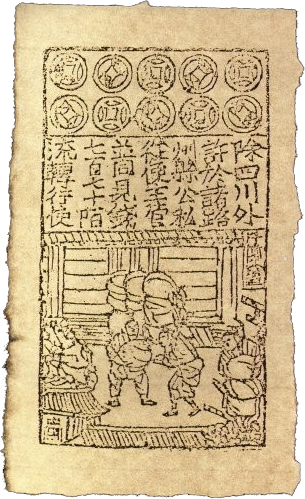
Public Domain.
The tang dynasty (618-907) and the Song dynasty (960-1279) exchanged heavy coinage with receipts for merchants. However, they still used coins along with the paper money.
Who Created the First Currency Ever?
We can say that the first-ever currency was created by the Song dynasty. It was named Jiaozi, a form of paper money or banknotes. The Song Dynasty also created the first-ever currency exchange.
Brief History of Money
The history of money is long and exciting. In the Middle Ages, people began to entrust their metal money to banks for safekeeping. The banks issued certificates to them where they could raise their money when they needed it.
Gradually, people started paying for these certificates instead of metal money. Also, as the development of banknotes took off, Belgians started the first-ever stock exchange in 1531, in Antwerp.
As said, the paper money is much more practical and lighter than metals or commodities that are inconvenient for storage and transfer.
What Was the First-Ever Modern Paper Currency?
The first-ever modern paper currency represented gold or silver as a means of payment because it had backed in them.
In other words, governments could only issue as much paper money as they had at gold at the promised exchange rate.
Since 1971, when US President Richard Nixon abolished the Gold Standard, modern world money has lost its material footing.
Central banks, many of which are privately owned, have thus received the theoretical ability to issue it in unlimited quantities.
The First Currencies Across Countries
The first currency in the United States was the Continental currency, or Continentals, paper money which appeared after 1775.
Likewise, the first currency in Europe was in the form of banknotes from 1661.
Here’s the list of top 5 most used and frequent currencies today:
- US dollar (USD)
- Euro (EUR)
- Japanese yen (JPY)
- Pound sterling (GBP)
- Australian dollar (AUD)
Do You Often Use Paper Money?
Although the first-ever currency made people’s lives easier, today we use paper money less and less. Credit cards and blockchain technology replaced it fast.
One of these amazing and first-ever decentralised banking systems is Revolut. It has completely changed the way how I do banking. If you like to travel, or have a much cheaper option when sending money – get your free Revolut card here, together with £5 of starting cash.
But there’s still some charm in giving out coins and paper money when you buy goods. How often do you use this kind of money?
Share your thoughts and experiences in comments below!
